Here is my top 10 list when it comes to silent films, fortunately all of them as of today are in the public domain, so there are no excuses if you haven't seen some of them yet.
Der Student von Prag (1913)
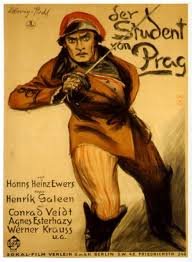
The first great masterpiece of cinema, when it was going from being mere entertainment to being considered art. This film revolutionizes in terms of photographic montages and the use of real outdoor environments.
Balduin, receives an offer from a mysterious man named Scapinelli, a huge sum of money in exchange for something he chooses from Balduin's room who accepts without hesitation the proposal thinking that the man will not be able to take anything worthwhile. Scapinelli chooses Balduin's reflection in his mirror.
Das Cabinet des Dr. Caligari (1920)
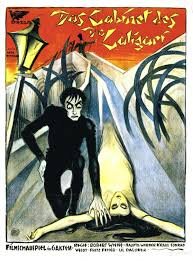
The masterpiece of German expressionism. With a unique visual style for the time, even for today, that plunges us into madness and despair with its deformed, curved scenarios painted on canvas. A milestone in terms of plot twist and interpretation of what it tells us, this work of gothic horror is one of those films that must be seen before you die.
Franzis (Friedrich Feher) tells him what he once experienced in Holstenwall, together with his friend and beloved, and how Dr. Caligari (Werner Krauss) used a sleepwalker Cesare (Conrad Veidt) to commit crimes.
Nosferatu, eine Symphonie des Grauens (1922).
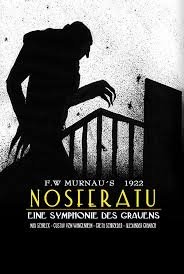
What can be said at this point about Friedrich W. Murnau's best known work, one of the most outstanding films of German expressionism and horror cinema.
Not getting the rights to the adaptation of the Dracula novel, the writer Henrik Galeen would make brief changes that failed to get a German court to order the destruction of his copies by 1925 (at the request of the widow of the author of the novel), which makes it almost miraculous that copies of the film still exist today.
The Big Parade (1925)
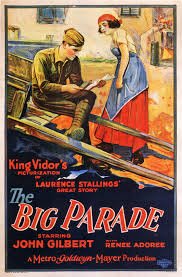
A young man from a well-to-do family enlists in the army to fight in World War I, making middle-class friends and experiencing the horrors of war.
Pioneer in the use of images of shocking battles and for its anti-war content. Perhaps the least known of this list, this is one of the best war films (anti-war really) of all time.
Bronenosets Potiomkin (1925)

One of the best known works of Soviet filmmaker Sergey Eisenstein and commonly present in lists of best films in history. Although the film had a propagandistic purpose (as was common in these years in the Soviet Union), the film transcends the political barrier and its contribution to cinema forms a before and after compared to the films of D.W. Griffith. Griffith, mainly pioneering work when it came to tilting the camera.
The sailors of the battleship Potemkin, fed up with mistreatment, decide to revolt, thereby participating in part of the events of the failed 1905 revolution.
The general (1926)
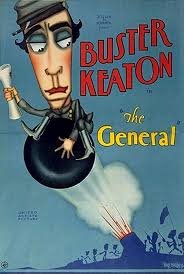
Undoubtedly one of the best films of all time (in particular my favorite silent film), precursor of the action thriller and with the style of the great Buster Keaton.
The film is based on the so-called great locomotive chase and puts us right into the adventure of Johnnie Gray (Buster Keaton), a machinist who tries to recover the locomotive The General that has been taken by a group of men of the union army.
Kurutta Ichipeiji (1926)

A film that has been lost for decades and aspects of its developers are unknown. Set in an insane asylum, this experimental work, a precursor of the psychological thriller, constantly bombards us with disturbing and terrifying images.
A man is worried that his daughter's marriage will be ruined if it becomes known that his wife is in an insane asylum, due to the prejudiced view that mental illness is inherited.
Metropolis (1927)

How not to include one of the most influential films in history, in terms of visuals, ideas raised, a pillar of science fiction, directed by the neat German director Fritz Lang.
In the year 2026, in the metropolis city, the workers live in a subway ghetto where the industrial heart is located with the prohibition to go out to the outside world. Incited by a robot, they rebel against the intellectual class in power, threatening to destroy the city above ground.
Napoleon (1927)
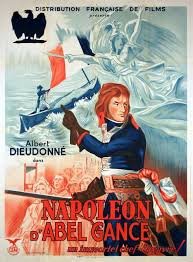
Any version of the film shows the many innovative techniques that were used in the film, including extensive close-ups, quick cuts, a wide variety of hand-held camera shots, outdoor filming, subjective camera, multi-camera, multiple exposure, underwater camera, multi-screen projection.
This epic of the French emperor's life chronicles his experiences from 1781 as a young boy at the military academy to 1796 when he became a general at the battle of Montenotte.
City Lights (1931)
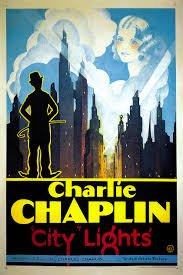
With sound films on the rise, Charles Chaplin insists on making silent films, bringing us in 1931 this universally praised masterpiece, with mythical scenes of cinema, such as the opening and the statue scene, when the tramp meets the flower girl and she mistakes him for a millionaire, the boxing scene and the touching ending.
Charlot, a poor homeless tramp (Chaplin) meets a blind flower girl (Virginia Cherrill) and falls in love with her. Willing to help her, he lives a series of adventures, in which we see his sacrifice without expecting anything in return but the happiness and welfare of his beloved.